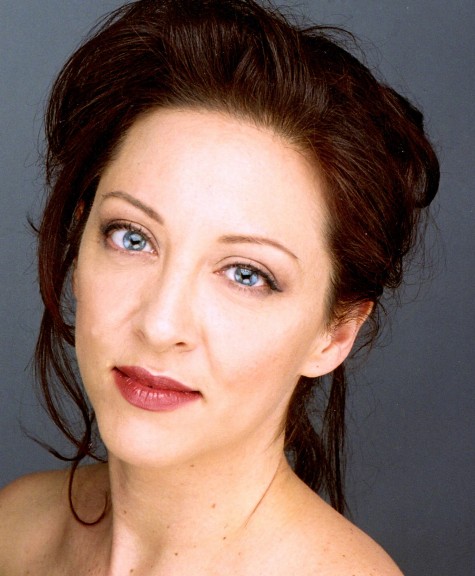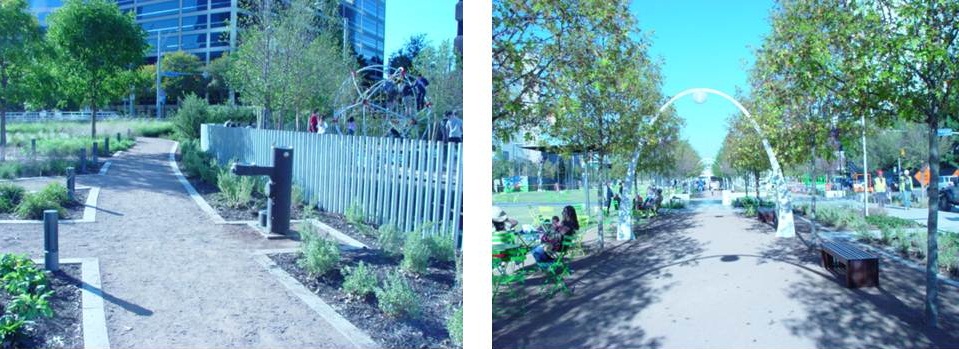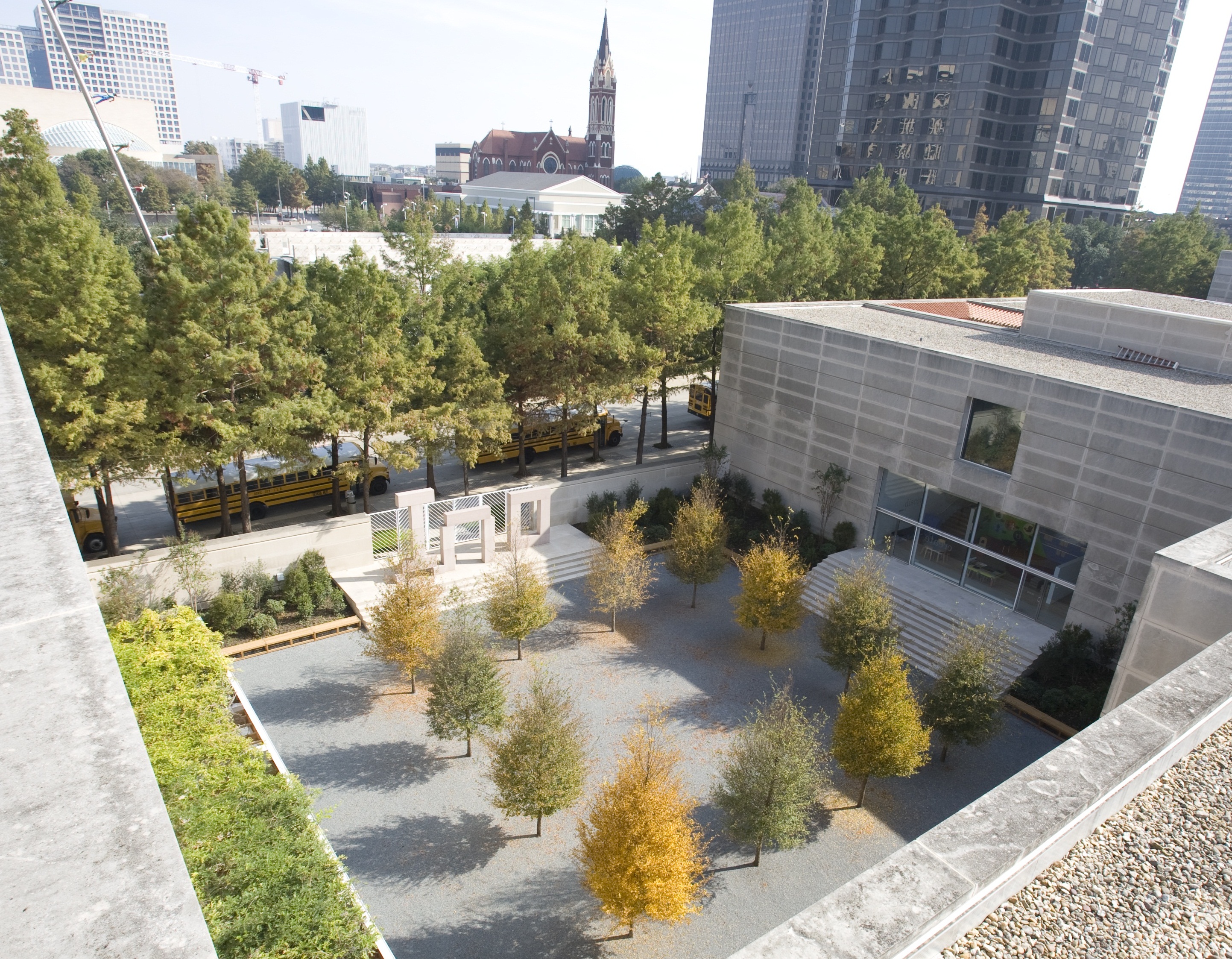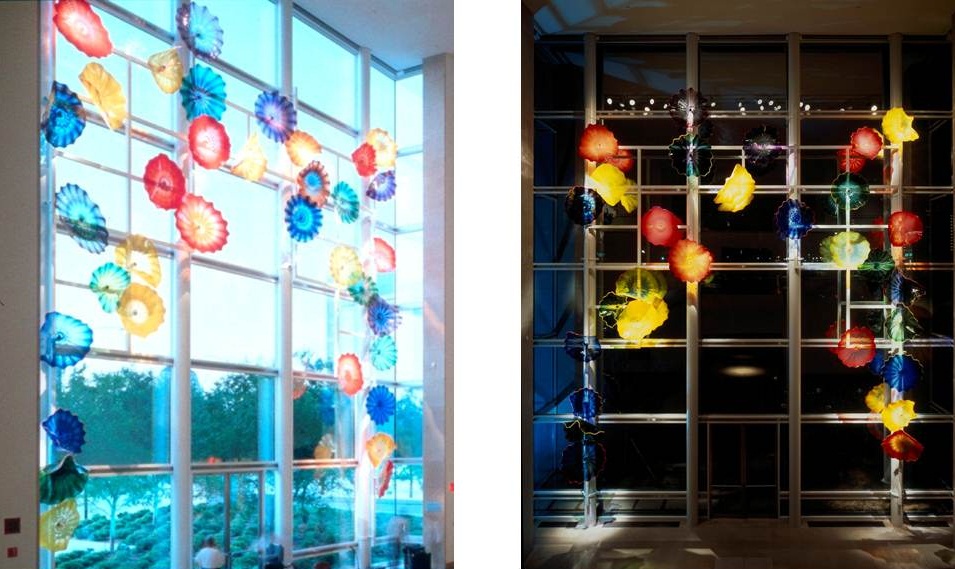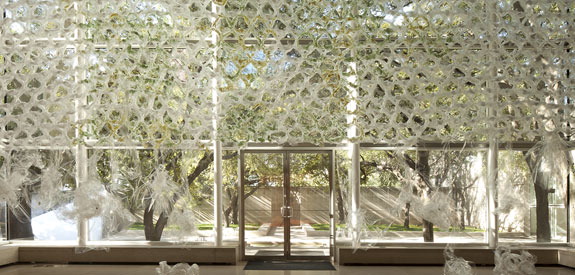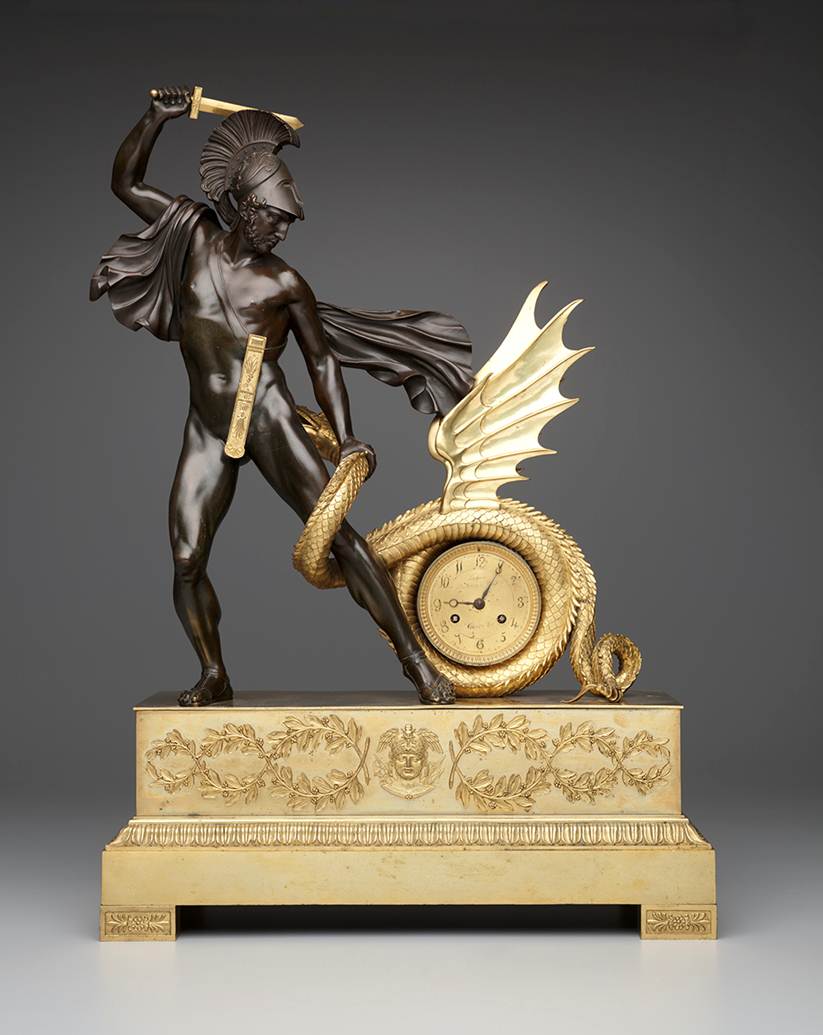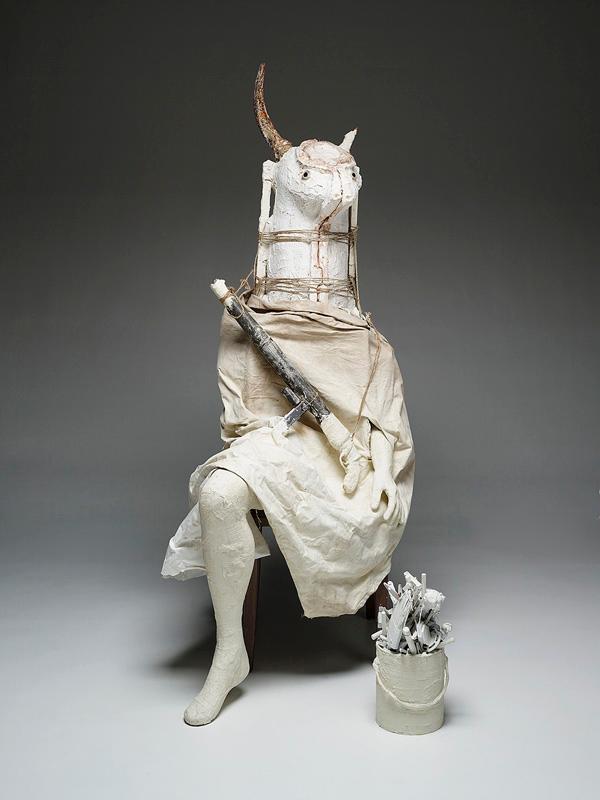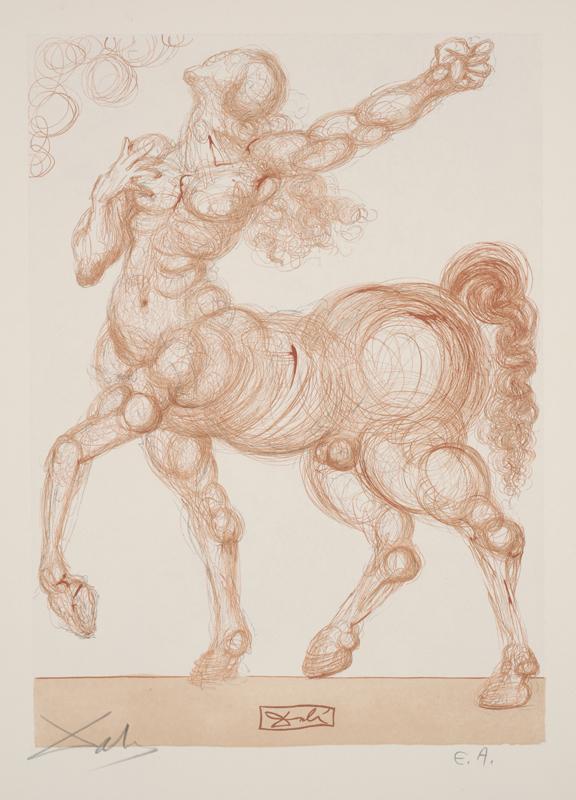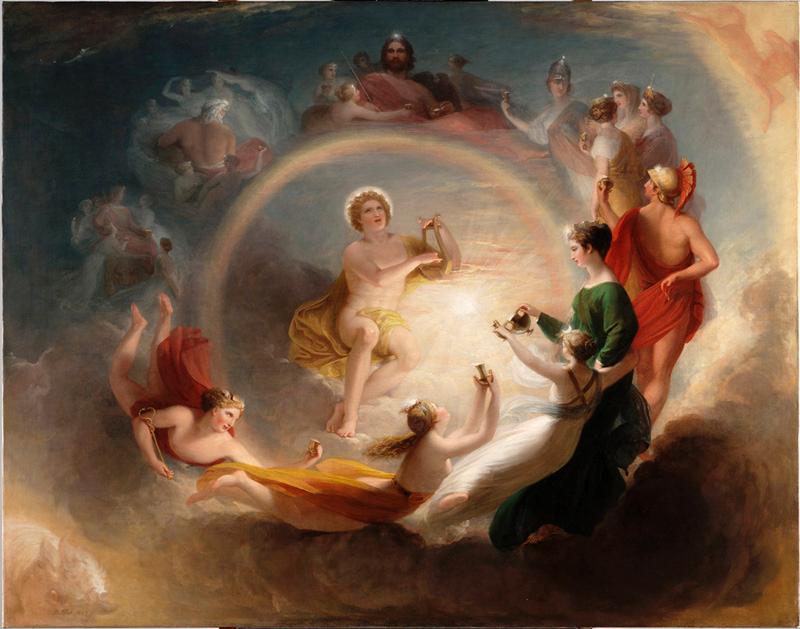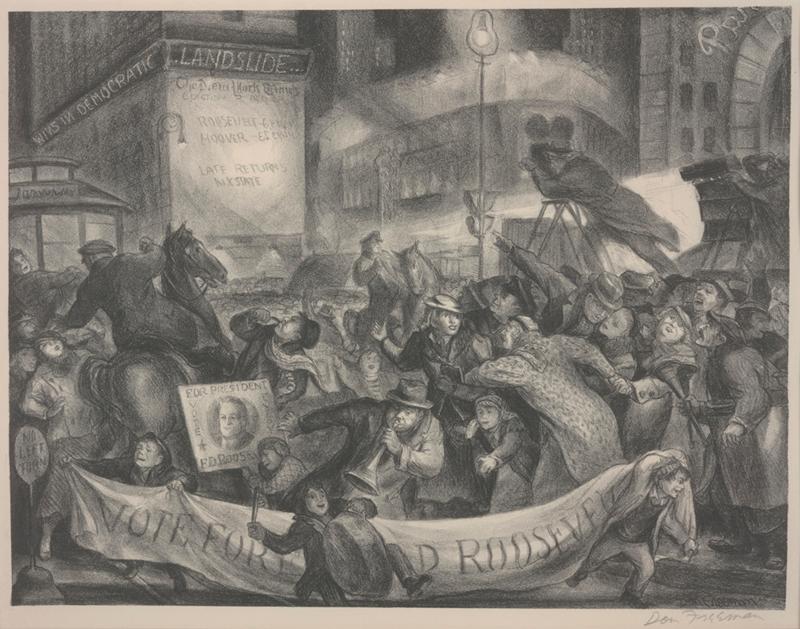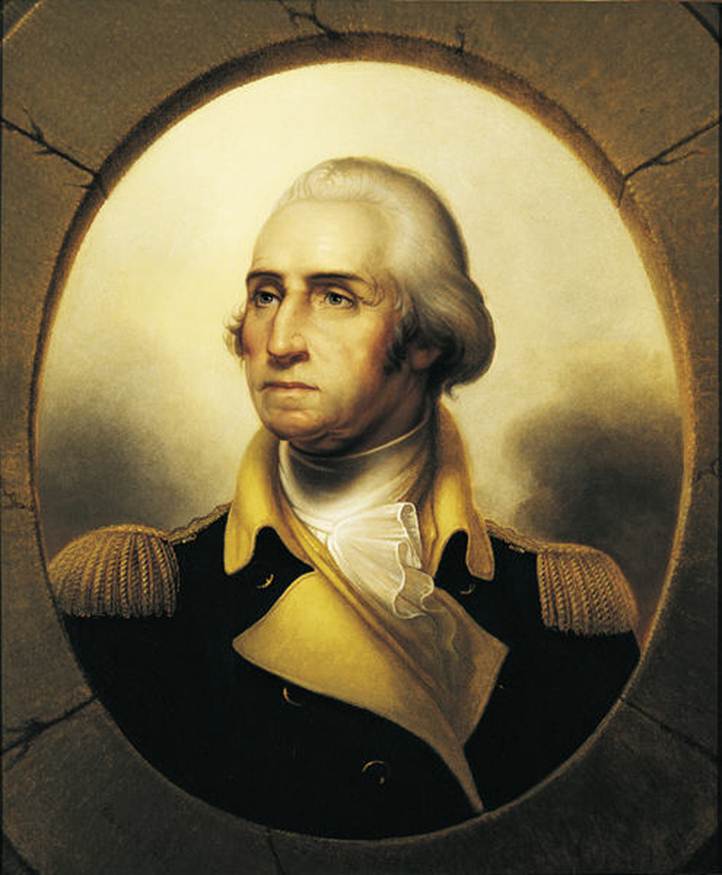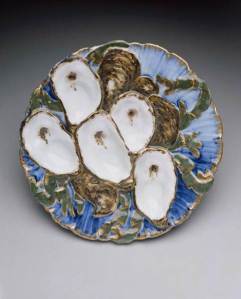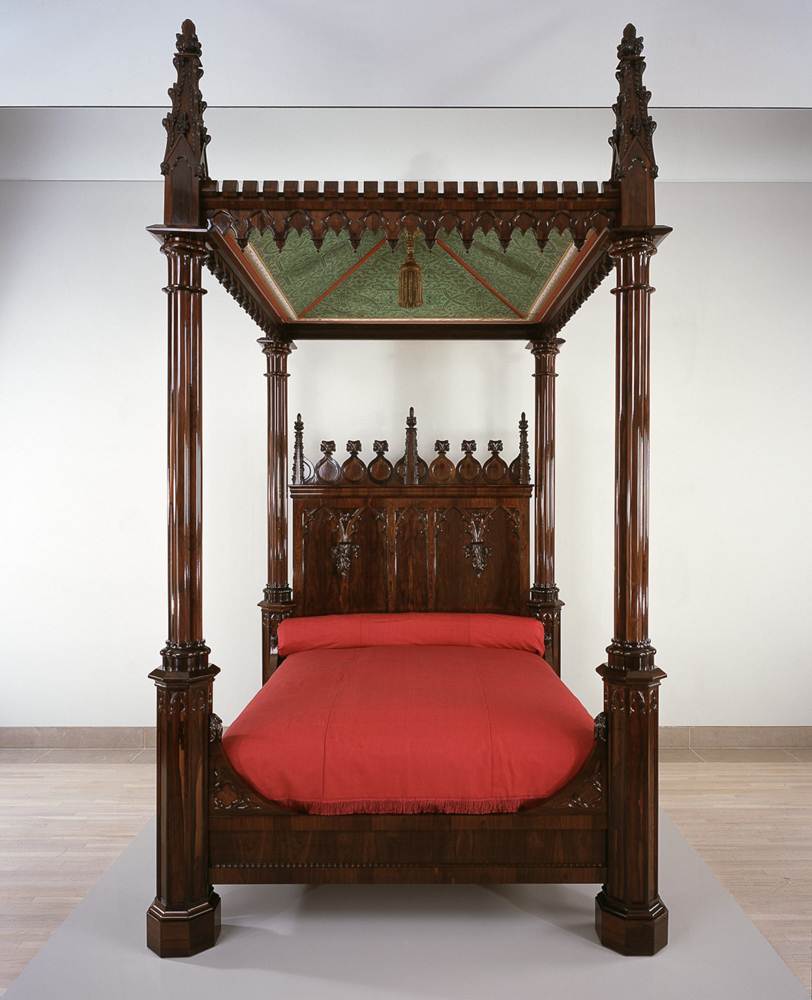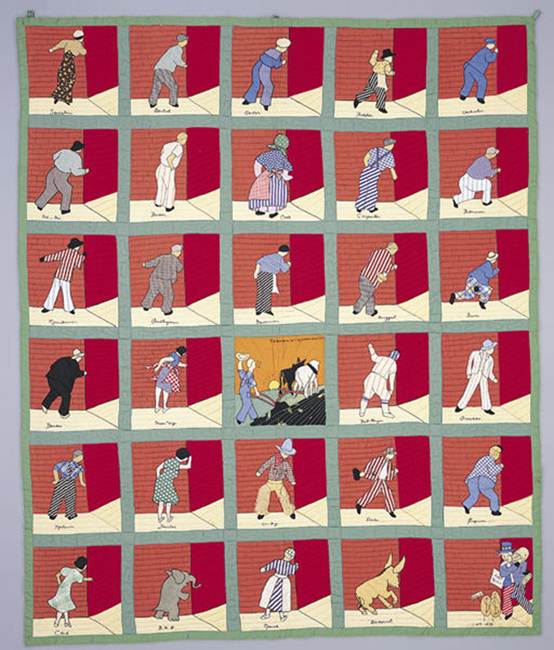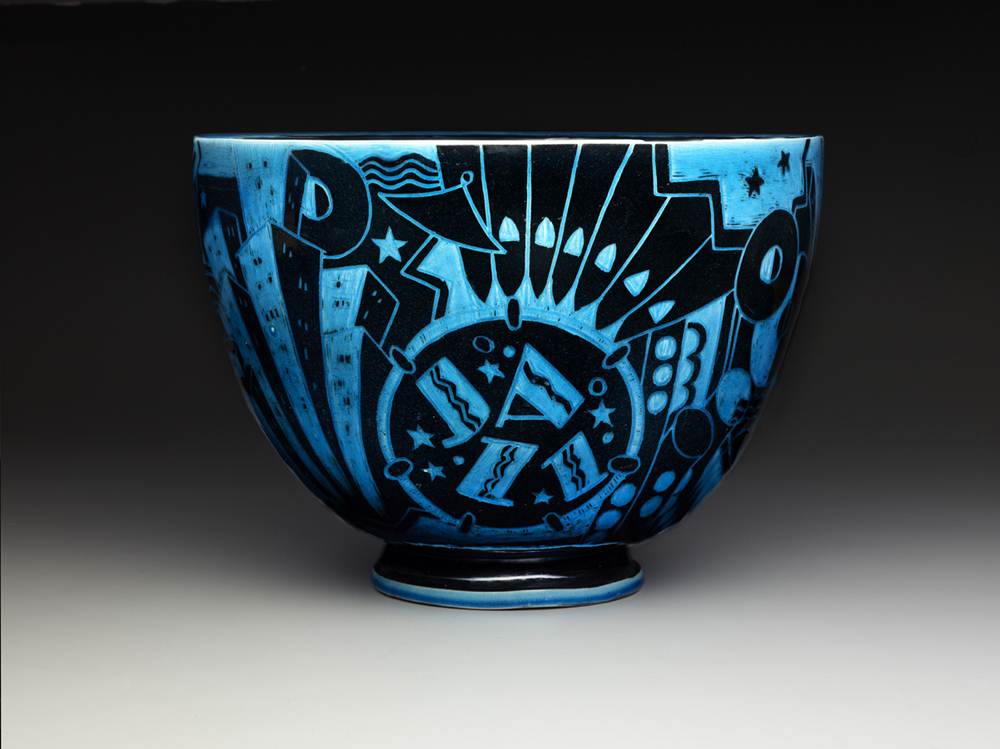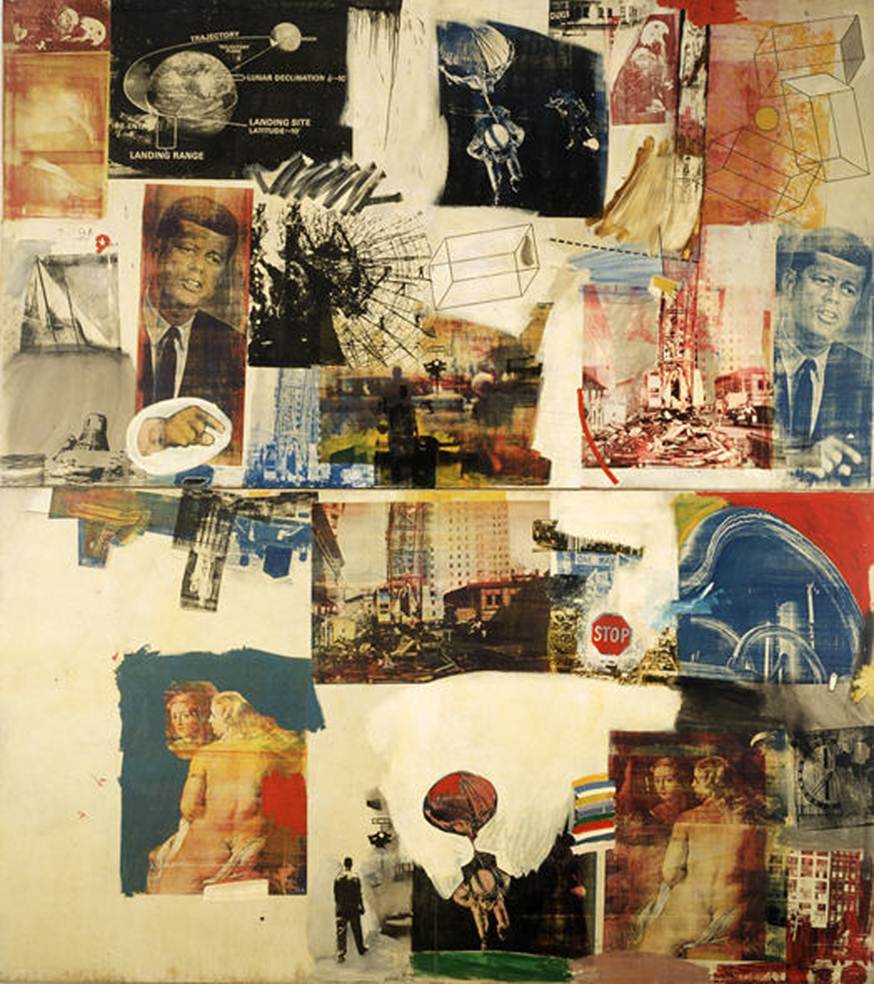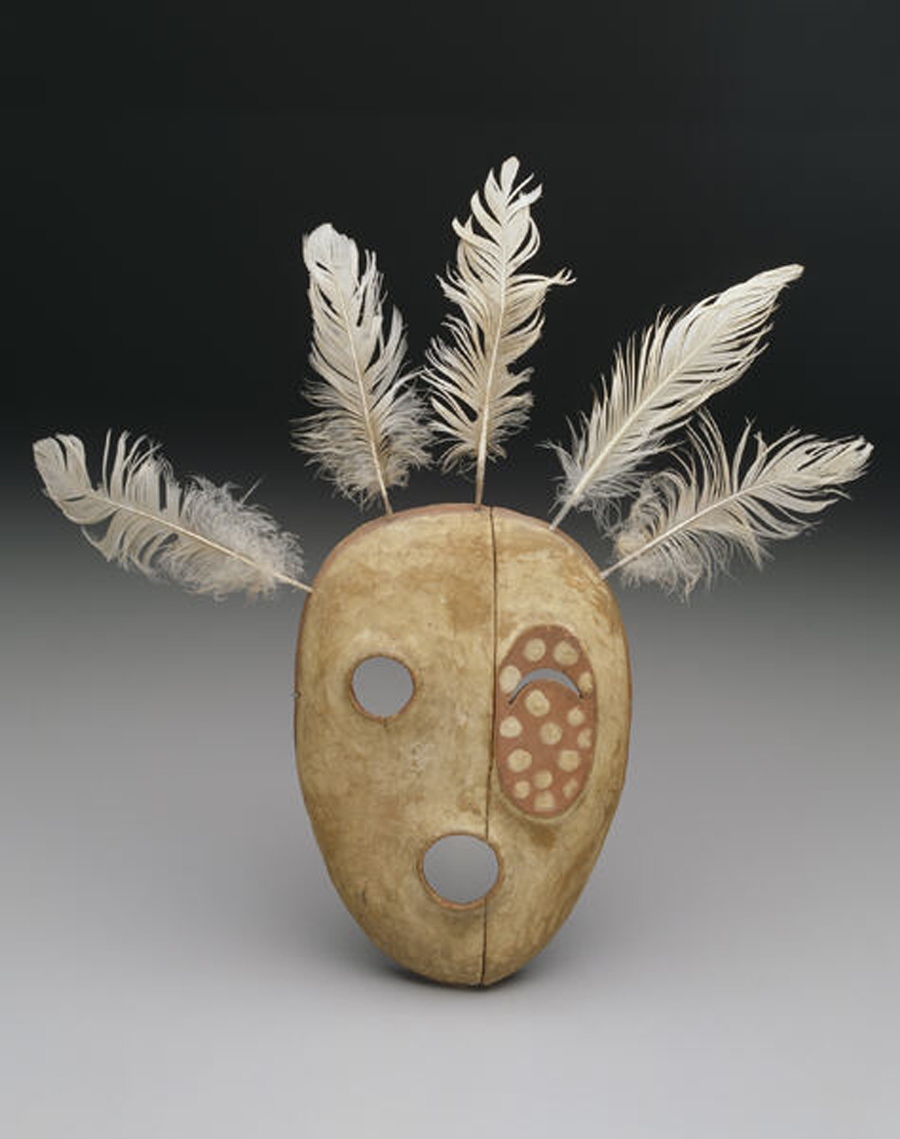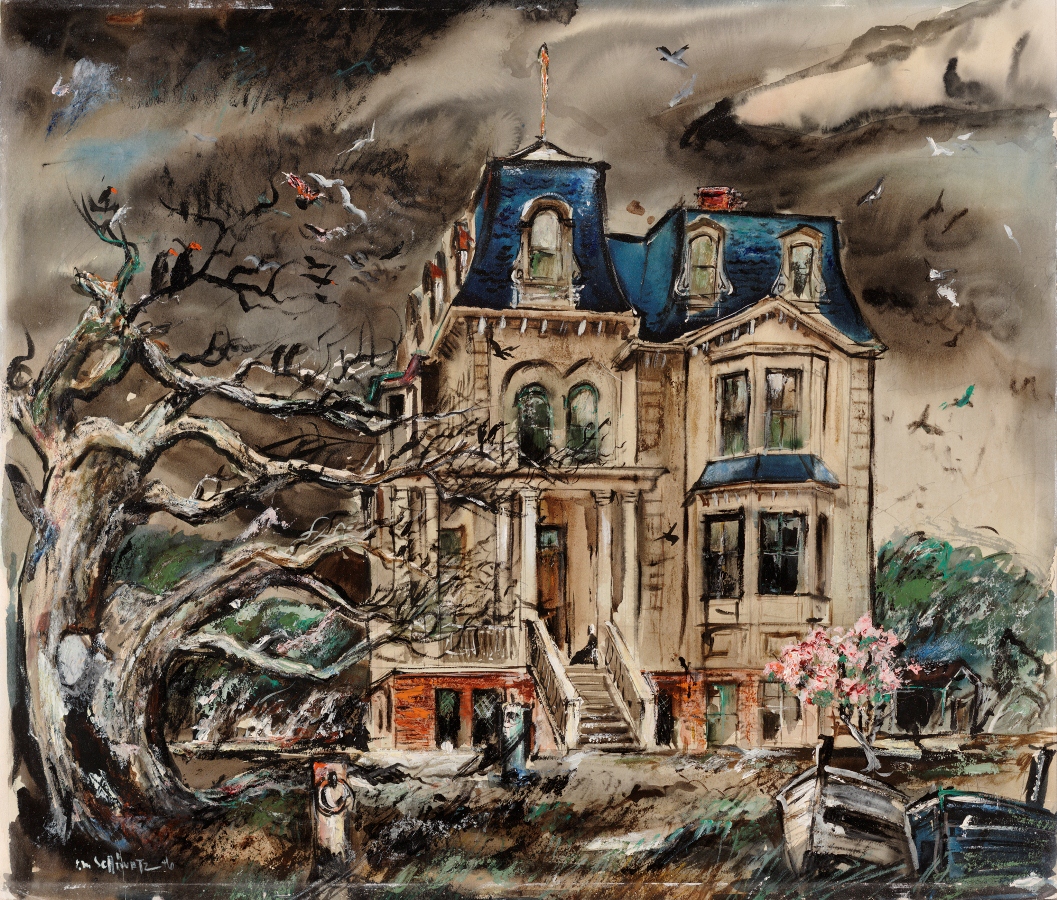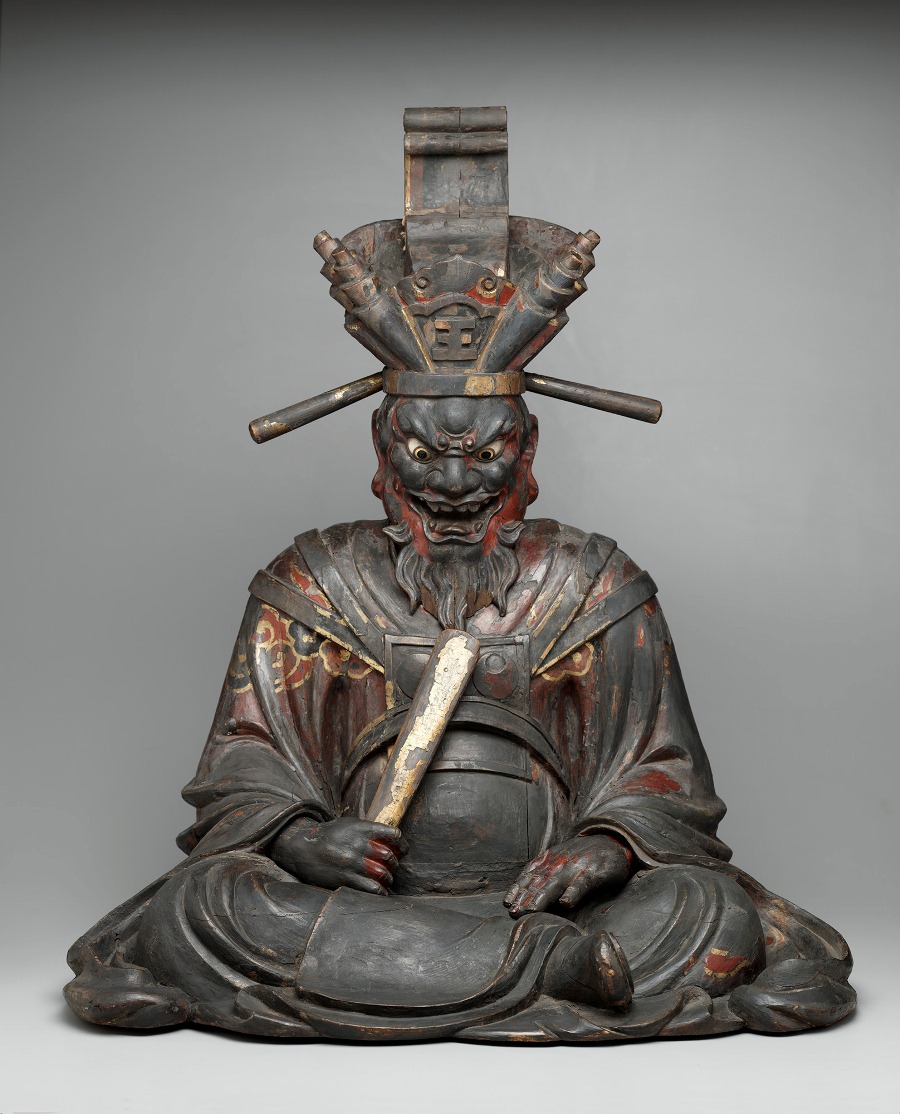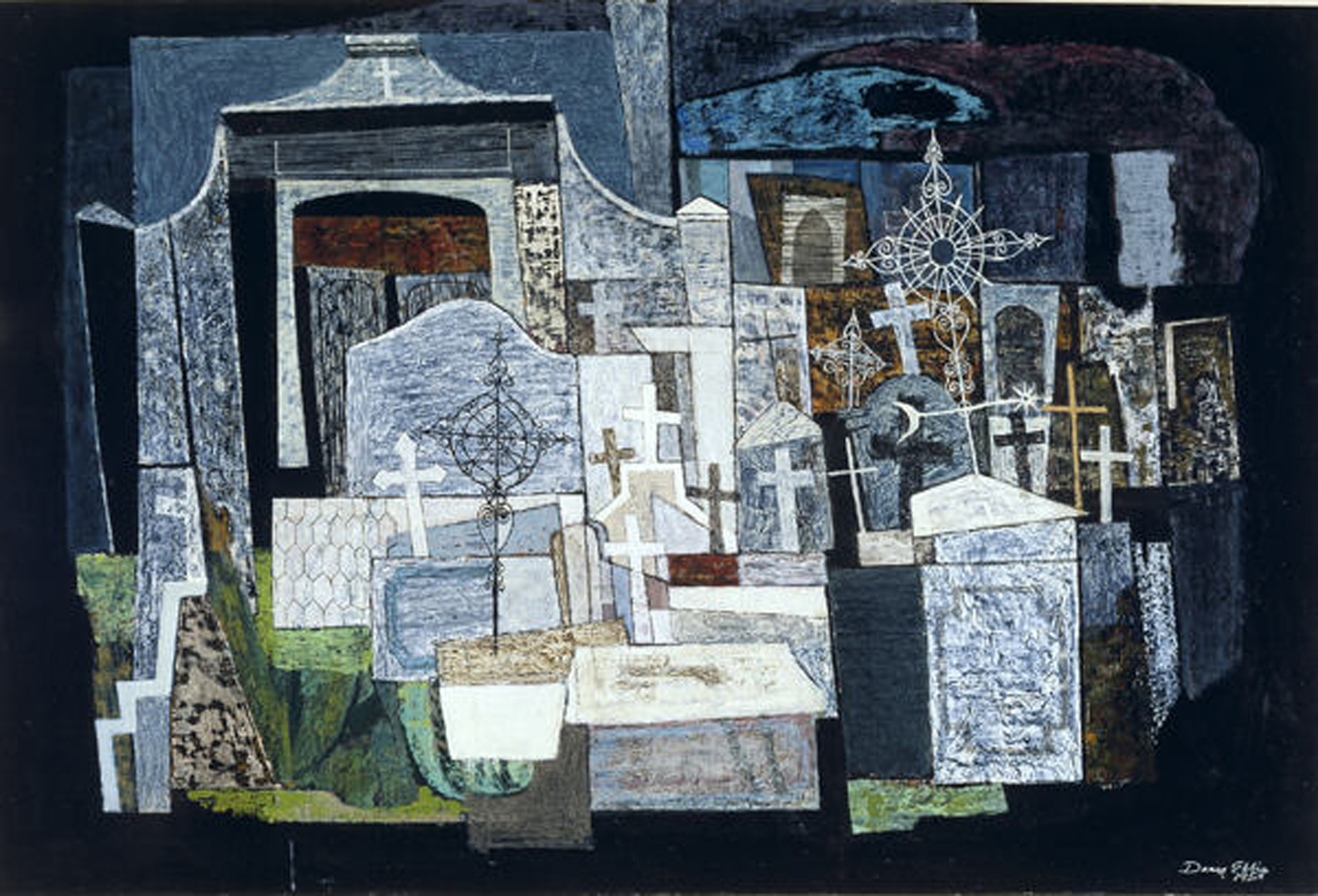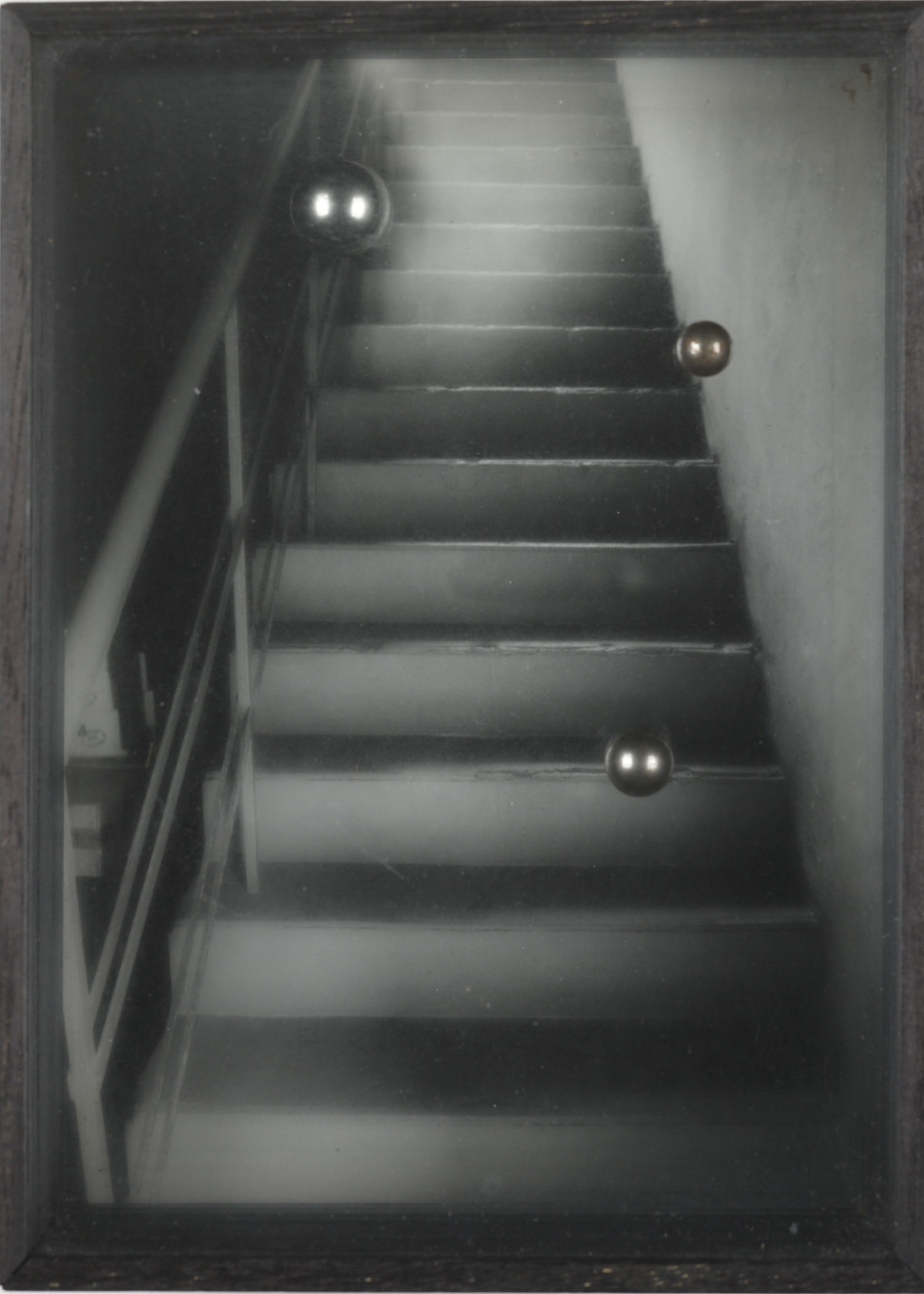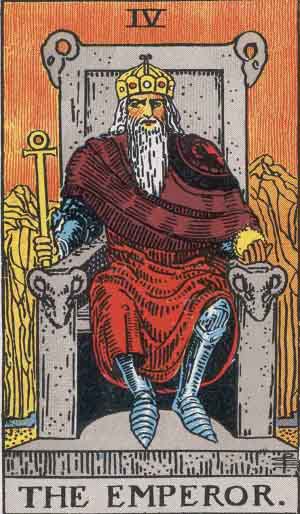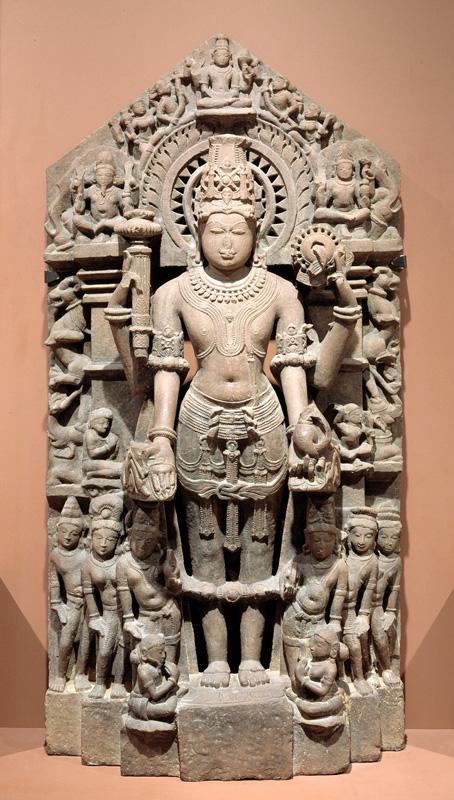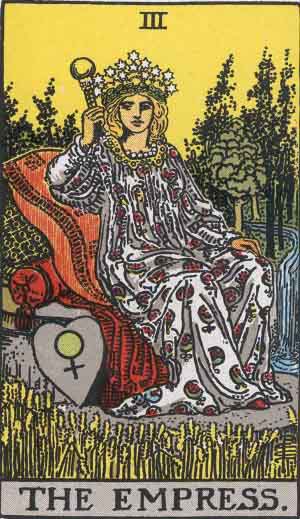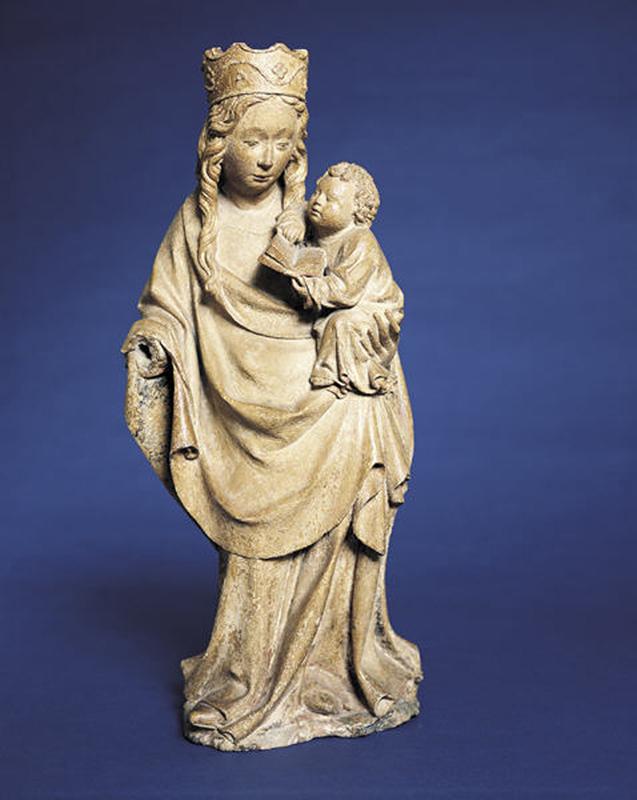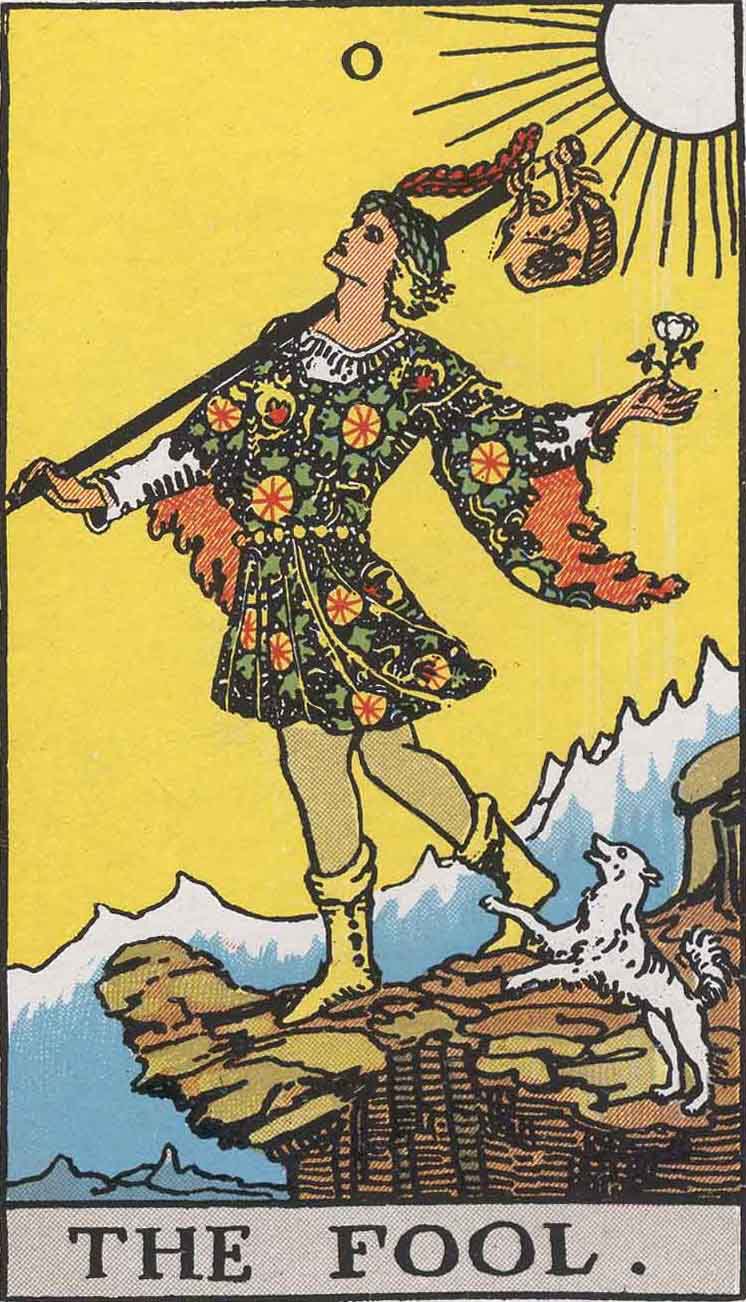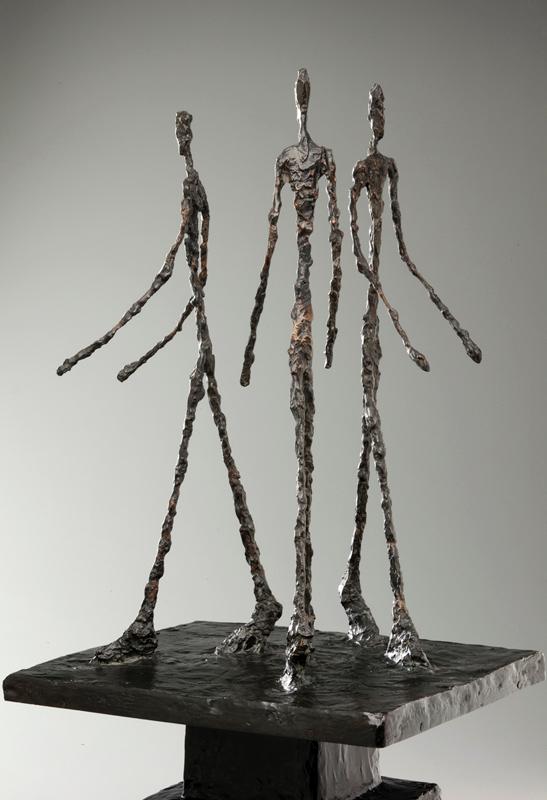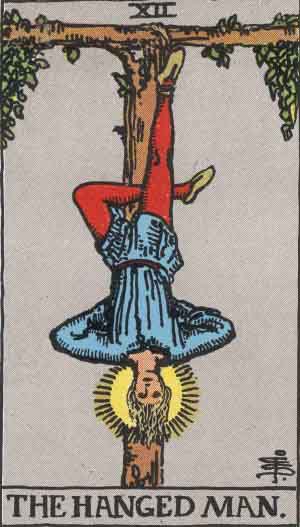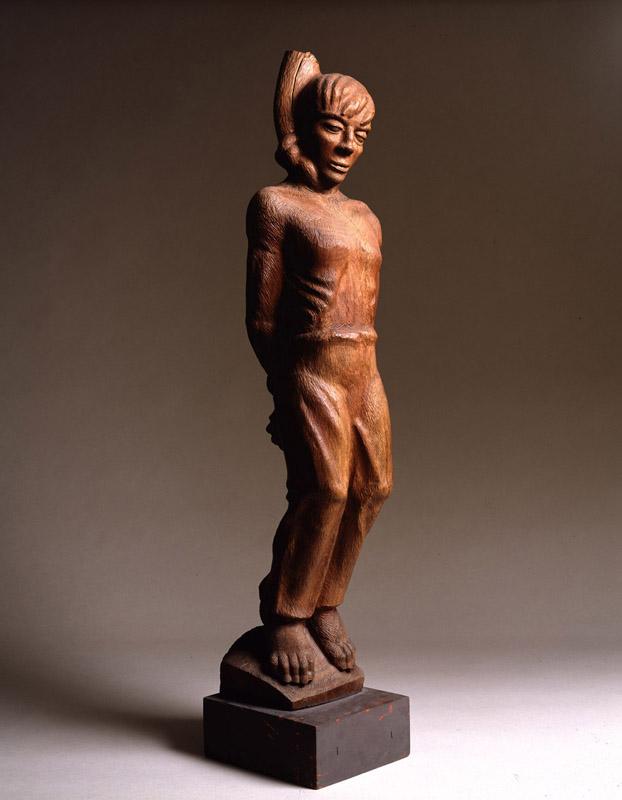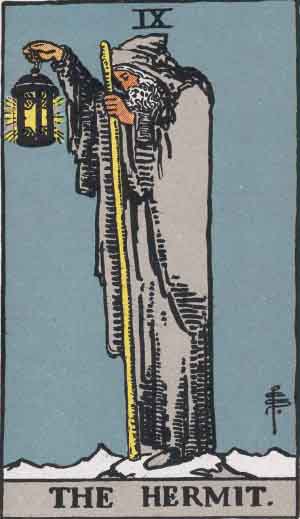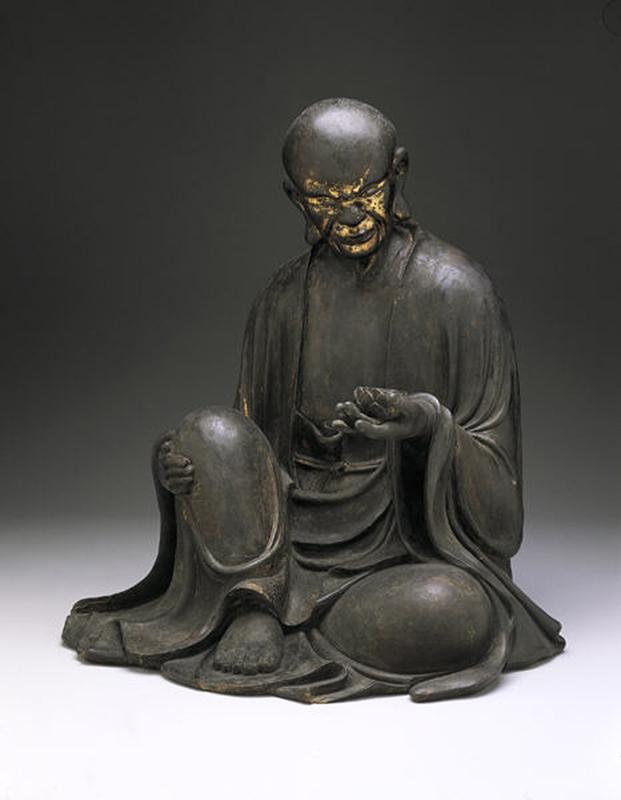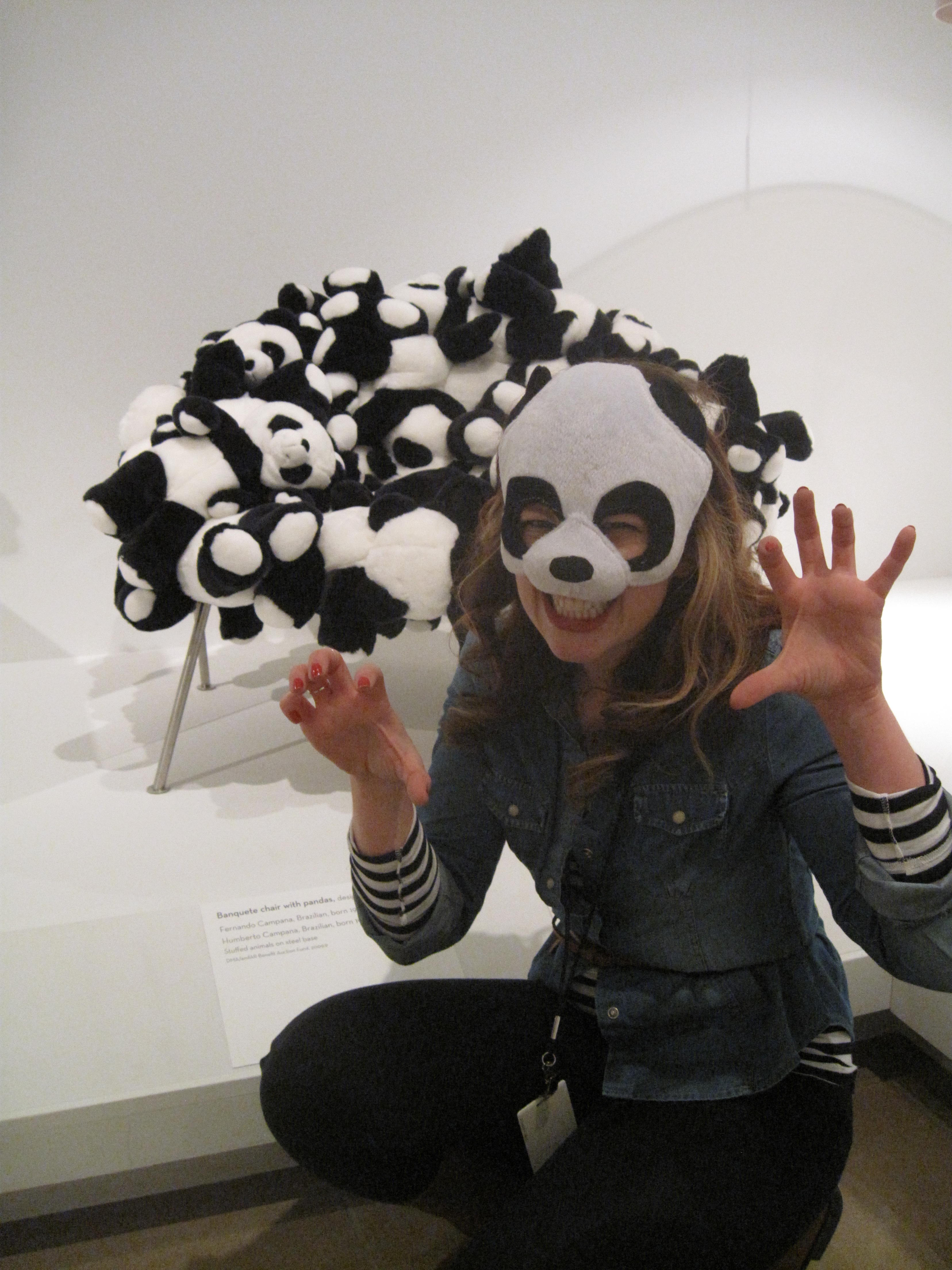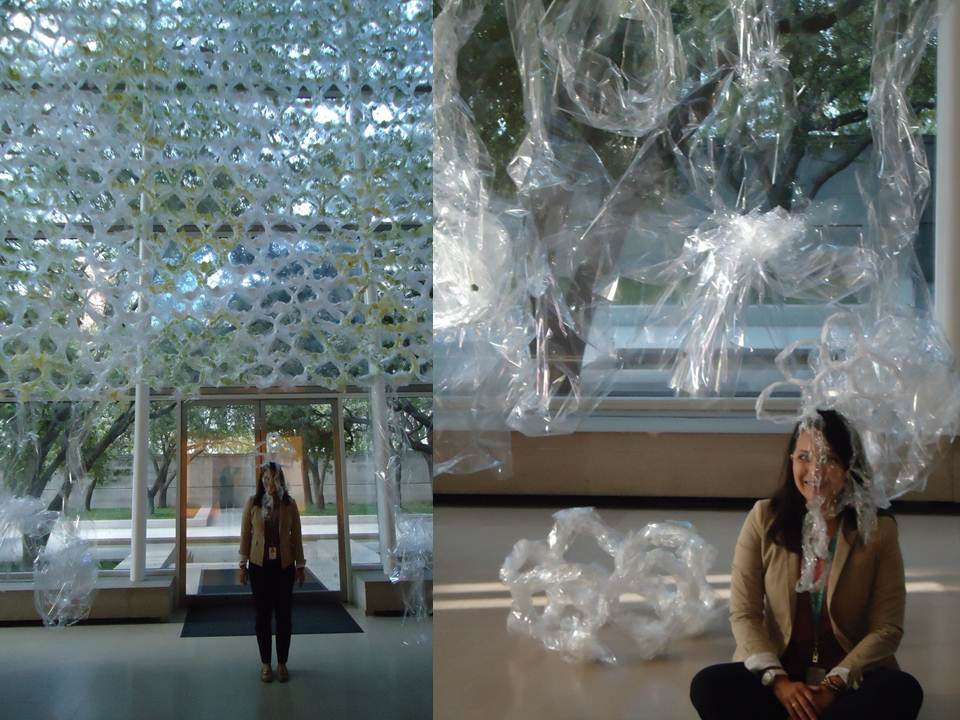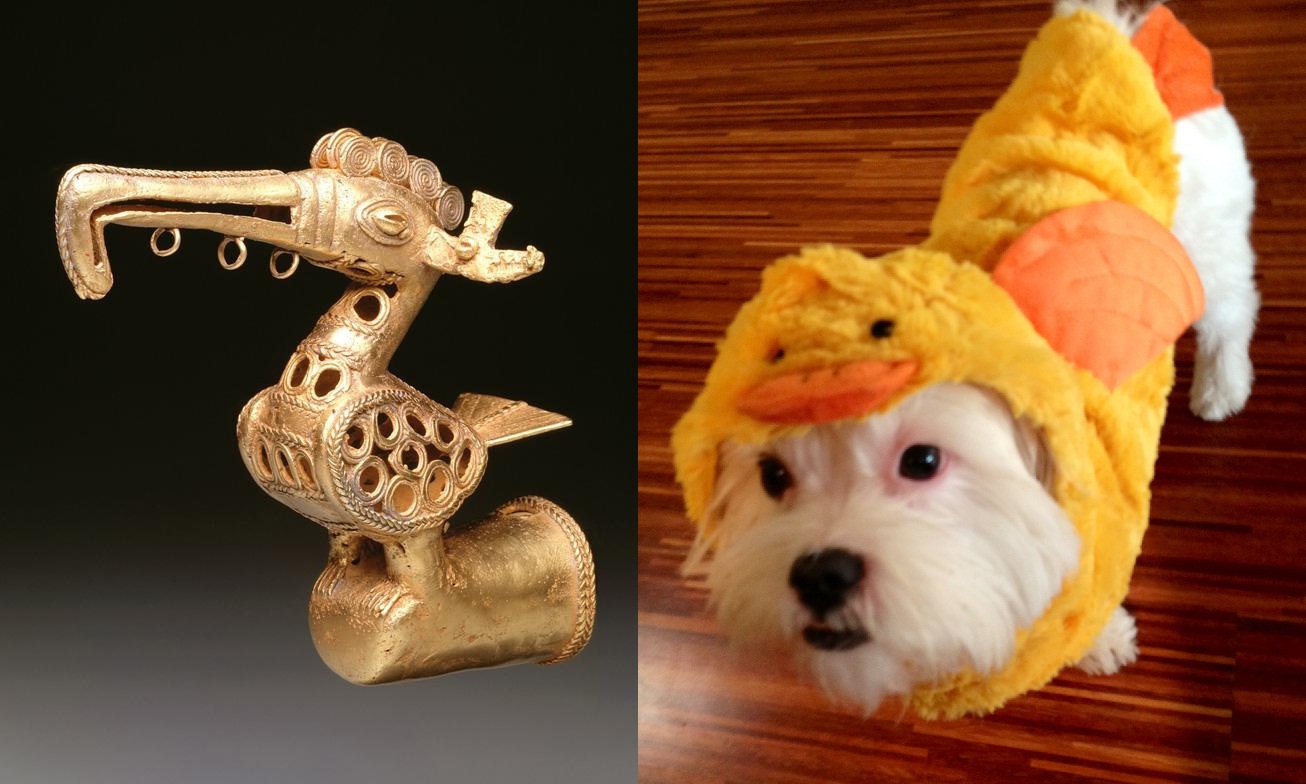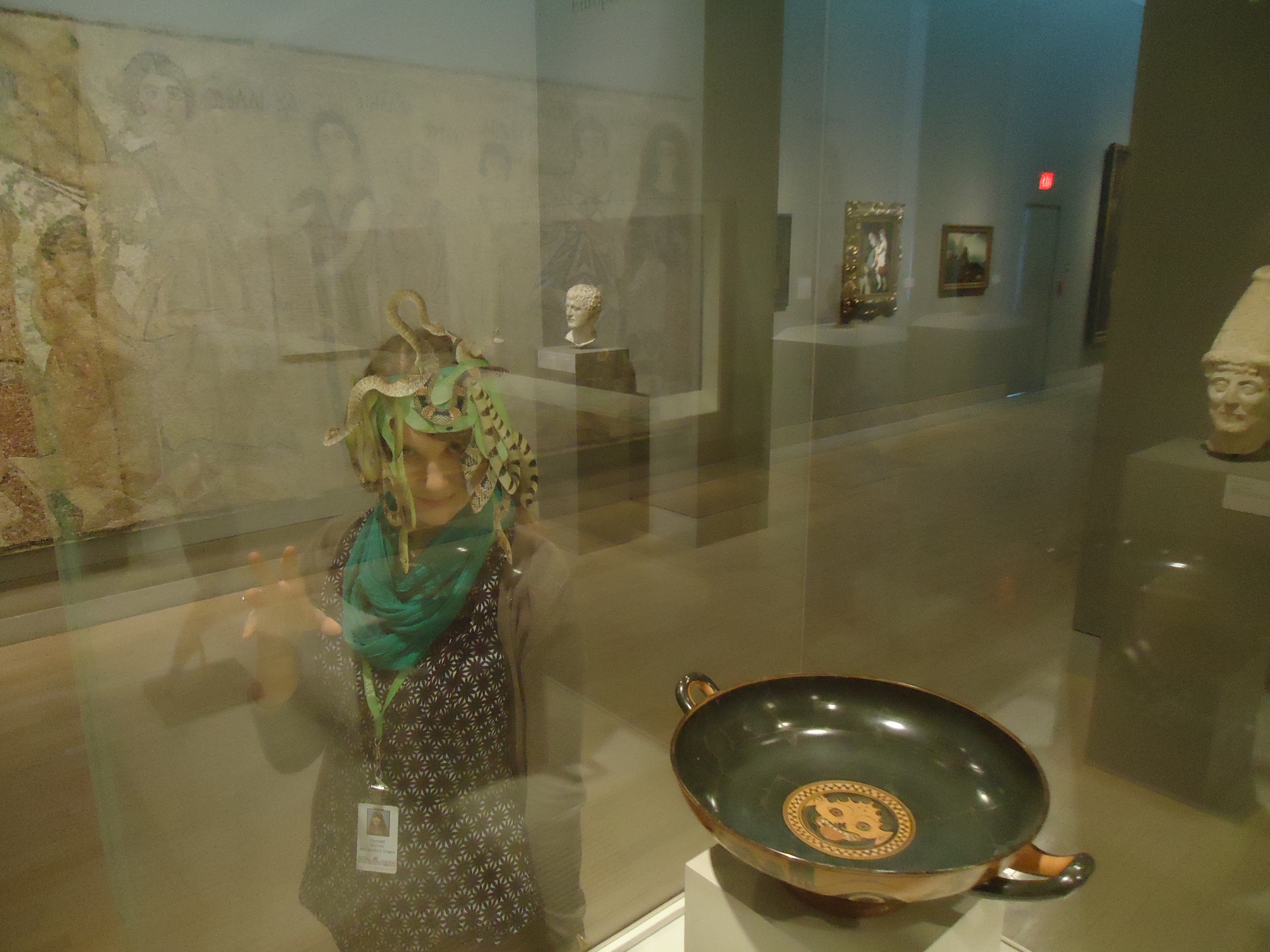We are very excited about the upcoming launch of a new program, Music and Masterpieces, produced in partnership with the Dallas Opera, on Saturday, November 10.
We have worked closely with our Arts District neighbor the Dallas Opera on many programs and projects in the past. These have included the commission of the song cycle A Question of Light by writing duo Gene Scheer and Jake Heggie, which was inspired by works of art in the DMA’s collection in honor of our shared benefactor and art advocate Margaret McDermott; hosting several special opera season preview performances; and most recently hosting a recital by Laura Claycomb.
The success and positive response to A Question of Light started us thinking: How can we connect the art of performance and music with the art in the galleries in a more meaningful way, and more often? After a fun brainstorming session between the DMA programming staff and the Opera’s Marketing and Education department, the idea for Music and Masterpieces was born. The DMA and the Dallas Opera will work together to choose a theme based on an area of the DMA’s collection or special exhibitions that will serve as inspiration for a performance and tour to be held on the same day. Through this pairing, visitors will gain a deeper understanding and appreciation of both of these art forms and the influences they have on one another within a shared theme, era, or culture.
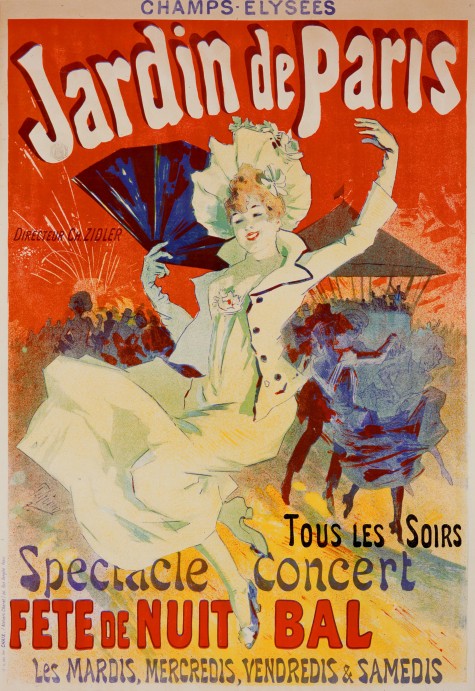
Jules Cheret, “Jardin de Paris”, 1890, color lithograph, Milwaukee Art Museum, Gift of Dr. and Mrs. Milton F. Gutglass, M1998.158, Photo by John R. Glembin, Milwaukee Art Museum
Next Saturday’s Music and Masterpieces program is inspired by the exhibition Posters of Paris: Toulouse-Lautrec and His Contemporaries. Nathalie Paulin*, a French-Canadian soprano, will perform music ranging from late 19th-century French opera to art songs and Parisian bistro chansons. A tour of the exhibition will follow the performance. The performance will start at 2:00 p.m, and the tour will begin at 3:00 p.m. Please arrive early as space on the tour is limited and on a first-come, first-served basis the day of the event.
We have other Music and Masterpieces programs in the works as well. On January 27, 2013, we will feature Twyla Robinson*, soprano, with Charles Dillard* as accompanist. This program will be themed around the exhibition Difference? and will include music from the 20th century featuring strong feminine themes.
We hope to see you Saturday and at future Music and Masterpieces programs!
Denise Helbing is the Manager of Partner Programs at the Dallas Museum of Art.
*Artists subject to change

